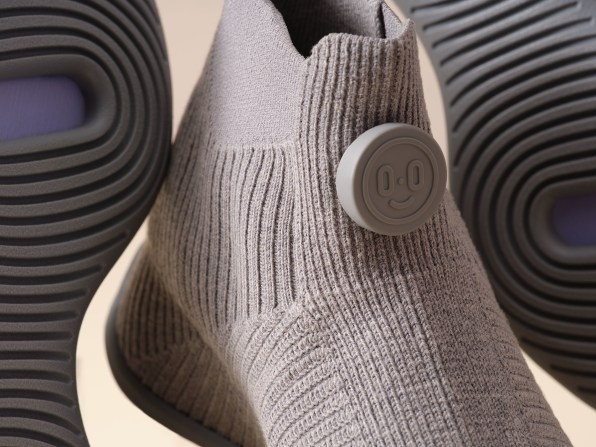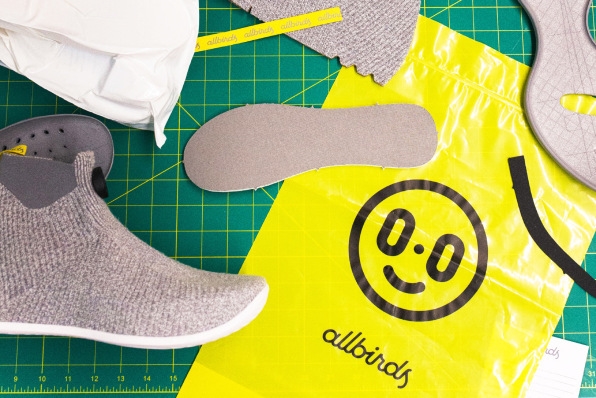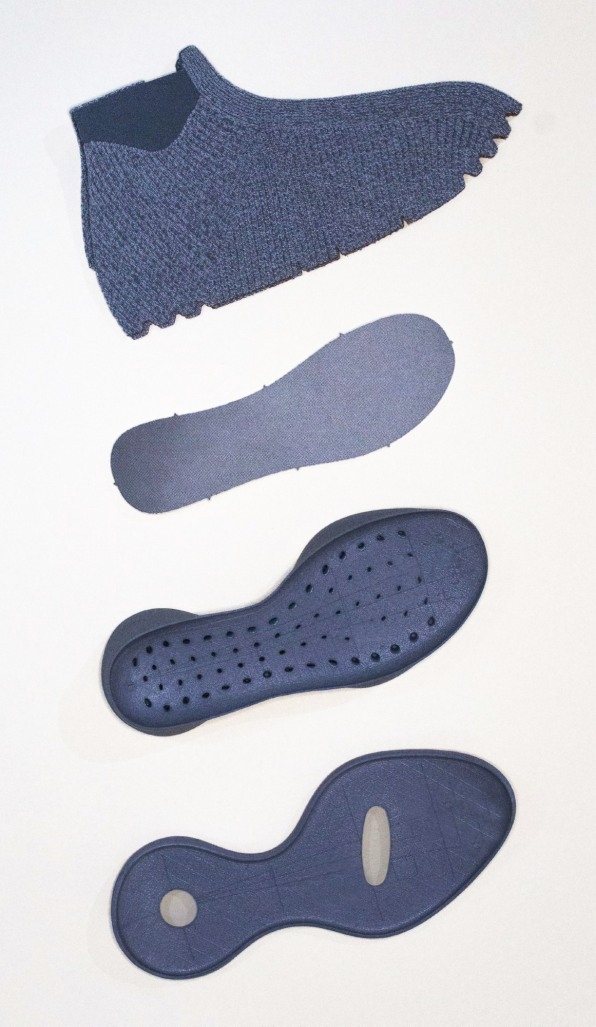When companies make claims about the climate benefits of their products—like a carbon-neutral chocolate bar or pair of jeans—they typically rely on buying carbon offsets from unrelated projects like protecting forests. A new pair of “net zero” sneakers from Allbirds takes a different approach: The company focused solely on the impact, both positive and negative, from making the shoes themselves.
Allbirds does buy carbon offsets as part of its company-wide sustainability goals. “Ultimately, though, we know that the key thing that we need to do—what everyone needs to do—is reduce emissions in our own supply chain,” says Aileen Lerch, the company’s senior manager of sustainability.

The shoe, which is called the M0.0NSHOT and will be on the market next spring, has a carbon footprint of 0.0 grams of CO2 equivalent, according to the company’s calculations. That’s partly because some of the materials it uses, like regenerative wool, are carbon negative, capturing more carbon than they emit. The logo—a smiley face with zeros as eyes, which is attached to the front of the shoe like a button—is made from plastic created from captured methane emissions.

The company started the design process by directly reducing emissions as much as possible. The form factor of the shoe itself is minimal, in order to reduce components. The factories that will make the shoe have switched to renewable energy.
Ocean shipping will run on biofuel (this step, happening through a company called GoodShipping, doesn’t literally mean that the shoes will be on biofuel-powered ships, since it’s not possible to predict which ship will carry particular cargo, but Allbirds is buying the equivalent amount of fuel.) When cargo arrives at a port in the U.S., it will be delivered to a warehouse by electric trucks.
Compared to a typical pair of sneakers, with a carbon footprint of around 14 kilograms of CO2, the shoe has 90% fewer emissions. Then, the company chose materials to offset the rest. (Some companies call the approach “insetting,” rather than offsetting, when carbon sequestration happens in their own supply chains.)
The wool is from Lake Hawea Station, a farm in New Zealand that has invested in renewable energy and practices techniques like rotational grazing that can help capture carbon in the soil. Since some of the benefit of regenerative farming can be difficult to measure, Allbirds took a conservative approach, counting only the carbon that’s sequestered by trees that the farm has planted in a reforestation project.

Because the wool is carbon negative, the designers included as much of it as they could; the cozy upper part of the shoe, fully wrapped in wool, looks a little like a sock. The sole is made from SuperLight, a foam made from sugarcane waste. The product is an iteration on SweetFoam, the sugarcane-based foam that Allbirds uses in other shoes, but tweaked with a new process that reduced fillers and cut emissions even more. The shoes will be packaged and shipped in a material also made from sugarcane.
The company has focused on emissions since it launched in 2014, Lerch says. “From our very first shoe, the Wool Runner, we calculated the carbon footprint and started asking questions about how we could decarbonize,” she says.
In 2020, it started labeling each product with its footprint, both to inform consumers and keep itself accountable. In 2021, it partnered with Adidas to design a lightweight sneaker that the companies said had the lowest carbon footprint of any shoe at the time.
But it wanted to go farther, adding the carbon-negative wool and methane-captured plastic for the first time, in combination with other sustainable features that it pioneered earlier. The company hasn’t yet announced the cost of the new shoes; there will be a slight premium because of the new materials, but Allbirds says that it also wants to keep the product accessible and within the range of its other products.
It hasn’t gotten to a true zero footprint yet. In part, Lerch says, that’s because broader societal change needs to happen—there need be more options for zero-carbon shipping, for example. As part of the annoucement of the shoes, the company released a short toolkit explaining what it’s learned so far to share with other companies, in the hope that multiple companies working together can help push those bigger changes to happen more quickly. “It’s something that a single brand can’t fully influence,” Lerch says.
(19)